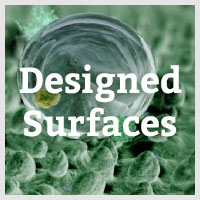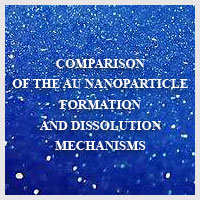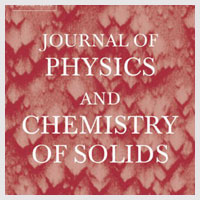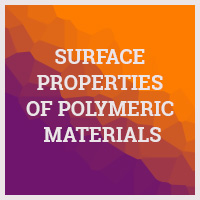
Technical Literature
Here you will find information on technical reports, published papers and other literature from NTI which are either available from other websites or which can downloaded and/or requested via this website. If you would like to get more information please contact us.

Designed Surfaces by
Plasma Nanoscale Coatings
A High Level View
Download PDF
Formation and dissolution of copper-based nanoparticles in SiO2 sol–gel film using heat treatment and/or UV light exposure
We report in this paper, results on the formation and dissolution of Cu-based nanoparticles in sol–gel SiO2 thin films using heat treatment and UV light exposure, respectively. Using UV–vis-NIR spectroscopy, we have shown that Cu2O nanoparticles can be generated by controlling the aging of the sol prior to film deposition while the Cu0 nanoparticles can be synthesized using a heat treatment in H2 atmosphere at 550 8C for 6 h. It has been also demonstrated that irradiation with an UV pulsed (Q-switched Nd:YAG) or continuous black ray UV lamp can dissolve these Cu-based nanoparticles with controlled, spatial selectivity. The mechanism of the dissolution process was found to be mainly thermal. Finally, we report a new analytical technique for detecting/ confirming the presence of low densities of Cu nanoparticles in the films, based on a relative heat flow measurement of such films using a micro-thermal analyzer (e.g., TA Instruments mTA model 2990).
# 2007 Elsevier Ltd. All rights reserved.
Download PDF

Comparison of the Au nanoparticle formation and dissolution mechanisms with those of Cu and Ag nanoparticles in SiO2 sol-gel films.
This paper examines the formation and dissolution mechanisms of Au nanoparticles coinage metals in SiO2 sol-gel matrices. Using UV-Vis-NIR spectroscopy, we demonstrate that it is possible to manipulate their spatial distribution, number density and shape with a combination of light (photoexposure) and heat treatments. We show that Au nanoparticles in thin SiO2 sol-gel films can be formed at low temperature (520oC) if the annealing period is increased to 6 hours. We also demonstrate that an irradiation of the as-deposited films with an UV pulsed (Q-switched Nd:YAG) or continuous black ray UV lamp can change the number and size distribution of the Au nanoparticles. The irradiation of the films with IR femtosecond laser results in the spatially resolved
dissolution of the nanoparticles, probably due to a dramatically increased local temperature.
Download PDF

Journal of Physics and Chemistry of Solids
In this paper, we report the spatially controlled dissolution of silver nanoparticles in irradiated SiO2 sol–gel films. The Ag nanoparticles have been formed in the sol–gel solution before the film deposition by adding Triton and ascorbic acid and also after the film deposition using a heat treatment at 700 1C for few minutes or at 550 1C for 6 h in reducing atmosphere. Using a spectrometer, a new view white light interferometer and a micro-thermal analyzer, we demonstrate that the silver nanoparticles can be dissolved using a continuous black ray UV lamp or with a near-infrared (NIR) femtosecond laser, due to a significantly increase in the local temperature. We confirm that the micro-thermal analyzer can be used as a new tool to study the dissolution of metallic nanoparticles in thin film if located at the surface of the films.
Download PDF

Surface properties of polymeric materials with nanoscale functional coating
US 8962097 B1
A film deposition process comprising exposing a surface of a substrate to a first plasma treatment having plasma reactants in a plasma chamber to form an activated substrate surface. The activated surface has a lower water contact angle than the substrate surface before the surface activating. The process comprises introducing water vapor into the plasma chamber to form a water layer on the activated surface. The process comprises introducing pre-cursors molecules into the plasma chamber in the presence of a second plasma to graft a layer of reacted pre-cursor molecules on the water layer.
Download PDF